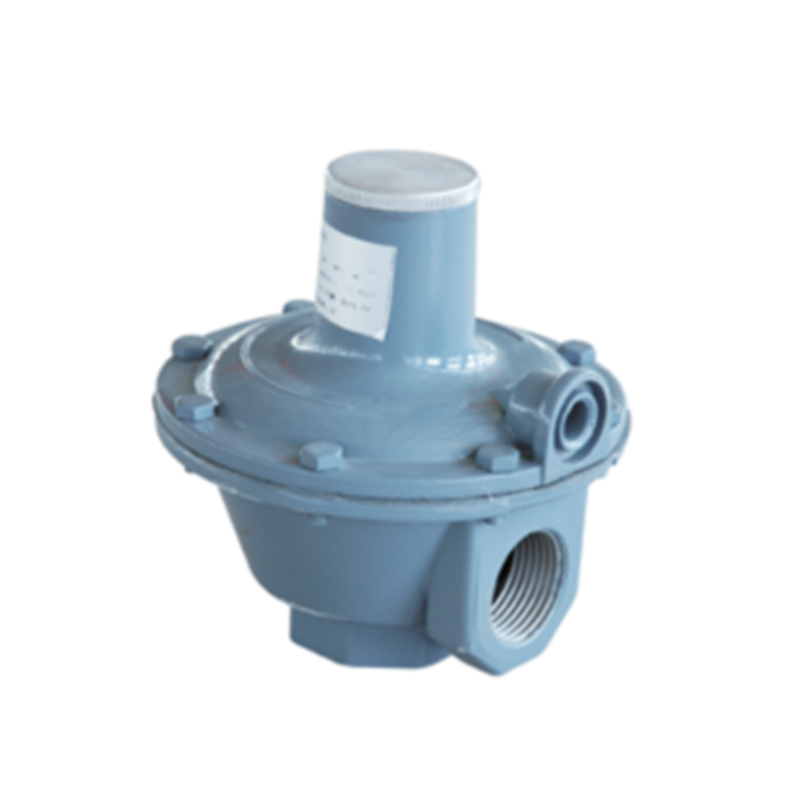
Dec . 19, 2024 18:35
Back to list
electric heaters
The Convenience and Efficiency of Electric Heaters
As the cold months approach, many homeowners find themselves scrambling for effective heating solutions. Among the myriad of options available, electric heaters have emerged as one of the most popular choices due to their convenience, efficiency, and versatility. Whether you live in a small apartment or a larger home, understanding the various types of electric heaters and their benefits can help you make an informed decision for a warm and cozy winter.
The Types of Electric Heaters
There are several types of electric heaters available on the market, each designed to cater to different needs and preferences.
1. Convection Heaters These heaters work by heating the air in a room. As the air warms up, it rises and cooler air moves in to take its place, creating a continuous cycle. Convection heaters can be portable or fixed. They are excellent for heating up larger spaces but may take a bit longer to achieve the desired temperature.
2. Radiant Heaters Unlike convection heaters, radiant heaters emit infrared radiation that directly warms up objects and people in their vicinity. These heaters provide immediate warmth and are ideal for small spaces or for use in rooms you enter frequently, like a bathroom or a home office.
3. Ceramic Heaters These are a type of convection heater that utilizes ceramic plates to produce heat. They heat up quickly and can be very efficient, making them a popular choice for personal spaces. Ceramic heaters also often come with fans to circulate warm air more effectively.
4. Oil-Filled Radiators These heaters are filled with oil that is heated to produce warmth. They are excellent for maintaining a consistent temperature over extended periods. Although they take longer to heat up, oil-filled radiators retain heat well, making them energy-efficient options for long-term heating.
Benefits of Electric Heaters
electric heaters

Electric heaters offer numerous benefits that make them an appealing choice for cold weather heating.
1. Energy Efficiency Electric heaters convert almost all the electricity they use into heat, making them incredibly efficient. Many models come with built-in thermostats and timers, allowing users to control their heating usage, which can lead to reduced electricity bills.
2. Safety Features Modern electric heaters are designed with safety in mind. Many models come equipped with features such as tip-over protection, overheat shut-off, and child safety locks. These features minimize the risk of accidents, making electric heaters suitable for homes with children or pets.
3. Ease of Use Electric heaters are typically straightforward to set up and operate. Most models plug into a standard electrical outlet and come with simple controls, allowing users to adjust the temperature and settings without needing extensive knowledge of heating systems.
4. Portability Many electric heaters are lightweight and portable, enabling users to move them from room to room as needed. This flexibility means that you can warm up a specific area of your home rather than heating the entire house, saving energy and costs.
5. Environmentally Friendly Options With the rise in renewable energy sources, using electric heaters can be a more sustainable choice. If your electricity comes from renewable sources such as solar or wind, the carbon footprint of running an electric heater can be significantly lower than that of gas or oil heating systems.
Conclusion
In conclusion, electric heaters offer a myriad of advantages that make them an effective choice for keeping homes warm during the cold months. With their energy efficiency, safety features, ease of use, and portability, they cater to the diverse heating needs of modern households. As you prepare for winter, consider the various types of electric heaters available and choose the one that best fits your space and lifestyle. Embracing this convenient heating solution can help you stay warm and comfortable, ensuring that the cold weather doesn’t put a damper on your home life.
Latest news
-
Safety Valve Spring-Loaded Design Overpressure ProtectionNewsJul.25,2025
-
Precision Voltage Regulator AC5 Accuracy Grade PerformanceNewsJul.25,2025
-
Natural Gas Pressure Regulating Skid Industrial Pipeline ApplicationsNewsJul.25,2025
-
Natural Gas Filter Stainless Steel Mesh Element DesignNewsJul.25,2025
-
Gas Pressure Regulator Valve Direct-Acting Spring-Loaded DesignNewsJul.25,2025
-
Decompression Equipment Multi-Stage Heat Exchange System DesignNewsJul.25,2025

